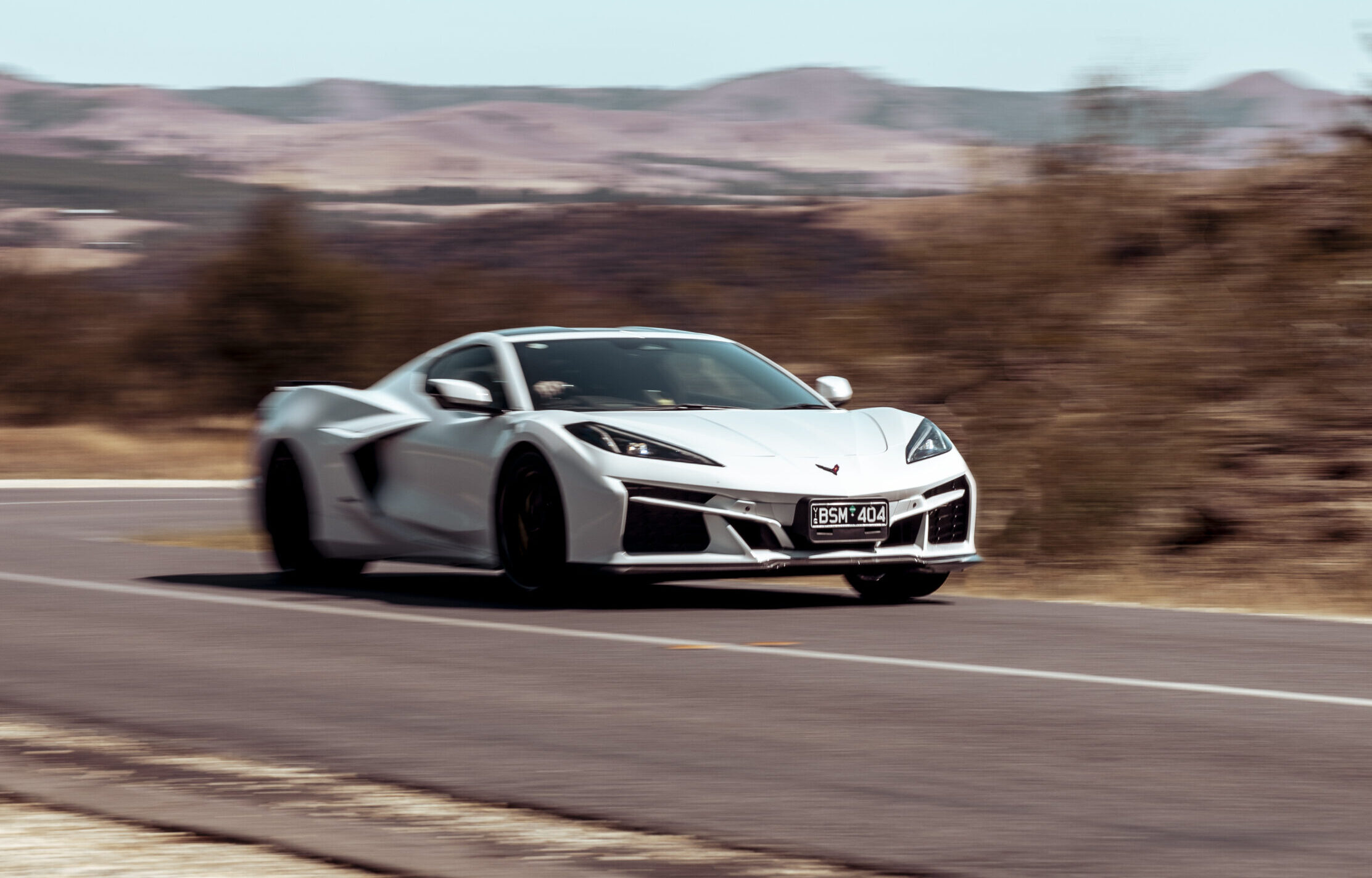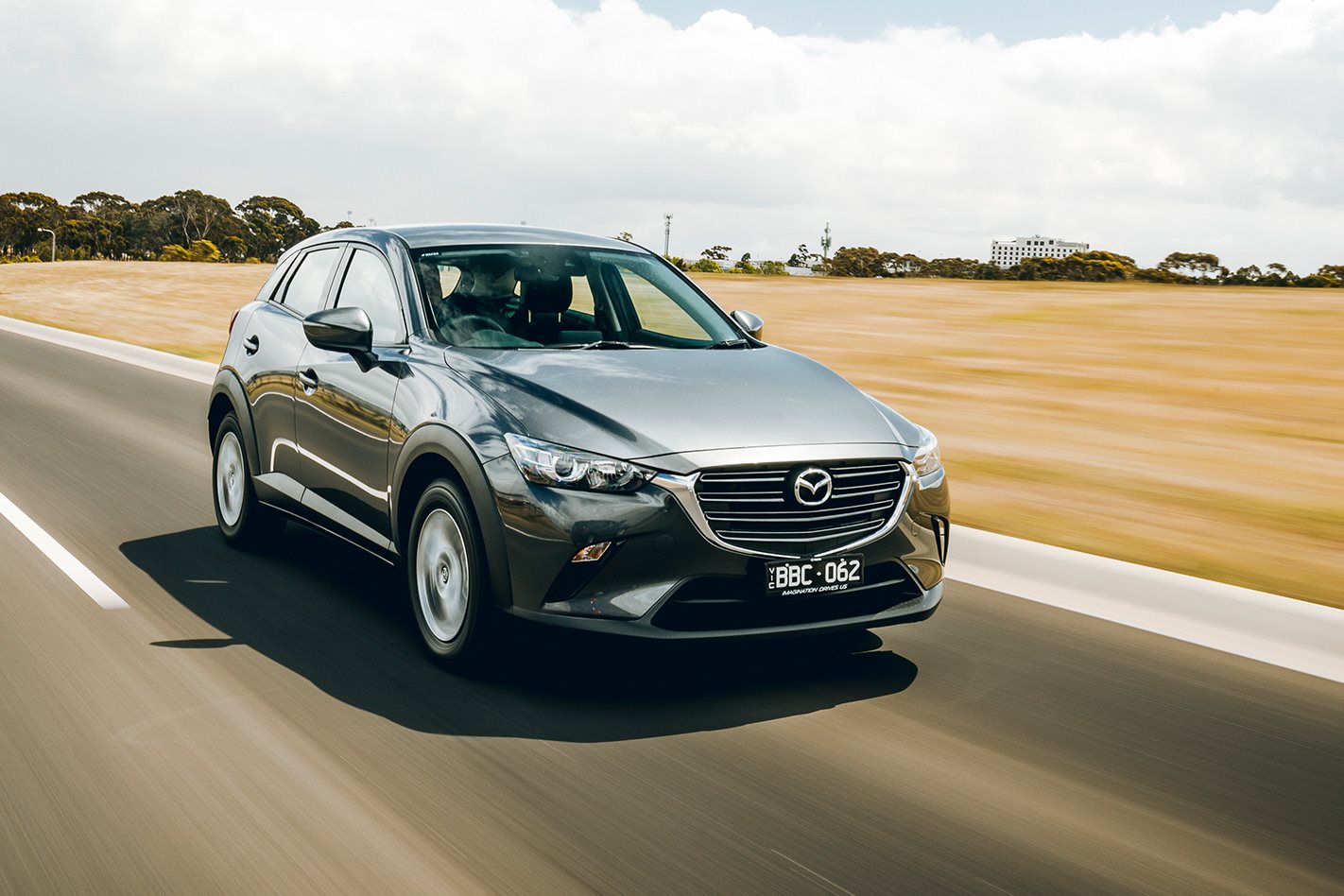
There’s something to be said for the Mazda CX-3’s ability to stand tall against some of the newer competition it faces in today’s small SUV segment. Sure, it’s had some help along the way since its late 2014 debut, but the minor updates to CX-3 in that time haven’t really changed a whole lot. Yet, it still sells well, and ranks highly in comparisons. What’s the secret to its continued success?
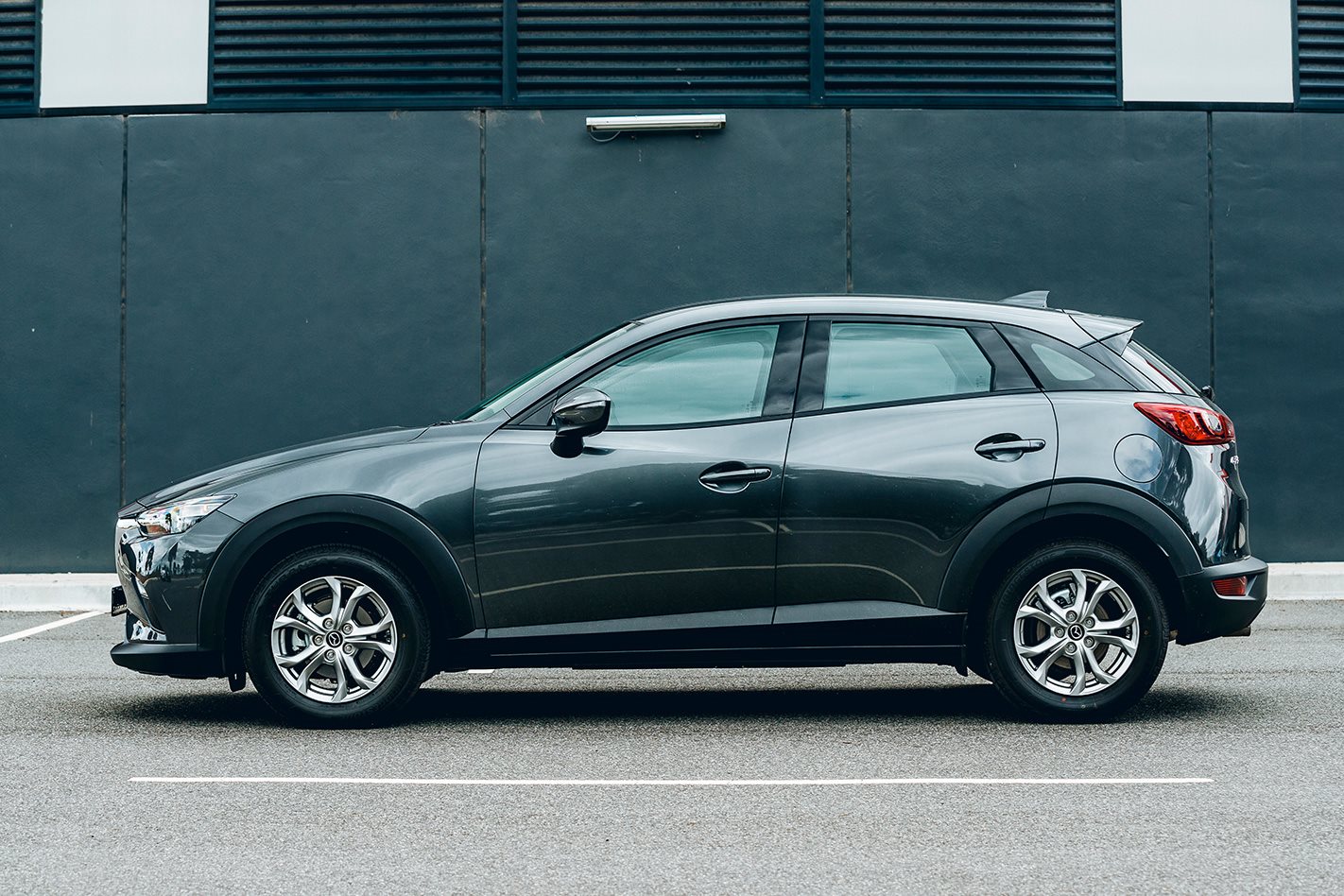
What is it?
The CX-3 first arrived on Australian shores in 2015 and since then has enjoyed consistent success in Australia’s new car market while, as mentioned, changing very little in that time. We have one of the most affordable variants on test, the CX-3 Maxx Sport automatic with front-wheel drive, priced at $26,650 (before on-road costs).
The entire range comes standard with autonomous emergency braking, six airbags, a 7.0-inch touchscreen, reversing camera and push-button start, but the Maxx Sport also gets a couple key features in addition to the base level Neo Sport. Blind spot monitoring, satellite navigation and a set of 16-inch alloys are all included in the Maxx Sport.
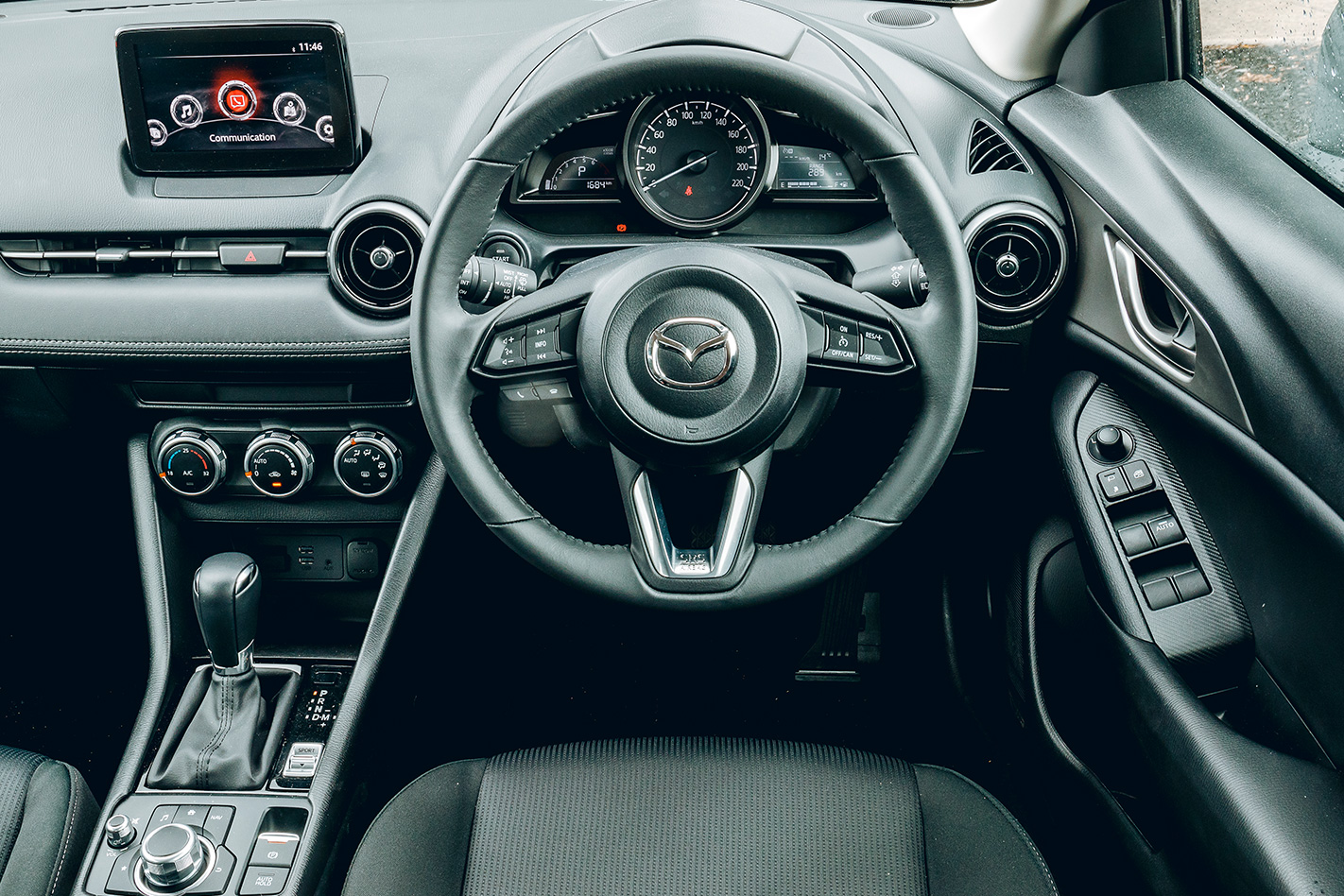
Our CX-3 Maxx Sport is supplied with a 2.0-petrol engine (diesel is offered elsewhere in range) and a 6-speed automatic transmission and has outputs of 110kW/195Nm.
What is it like to live with?
Time spent with the Mazda CX-3 is generally pleasant, especially the smaller your family is (we’ll come back to that point). The interior is very intuitive and the infotainment is simple to interact with, while hosting all the functions you could want.
For its age, the interior on the whole still feels of high quality too, with Mazda’s well-designed MZD Connect infotainment system taking pride of place on the dash and choice materials combining to make the space feel as though it’s punching above its weight class.

The cloth seats are plush in both rows and provide good side bolster support, but can be tricky for larger folk to get comfy. The leather bound steering wheel feels lovely in-hand and ties in with a clear central speedometer flanked by a digital tacho.
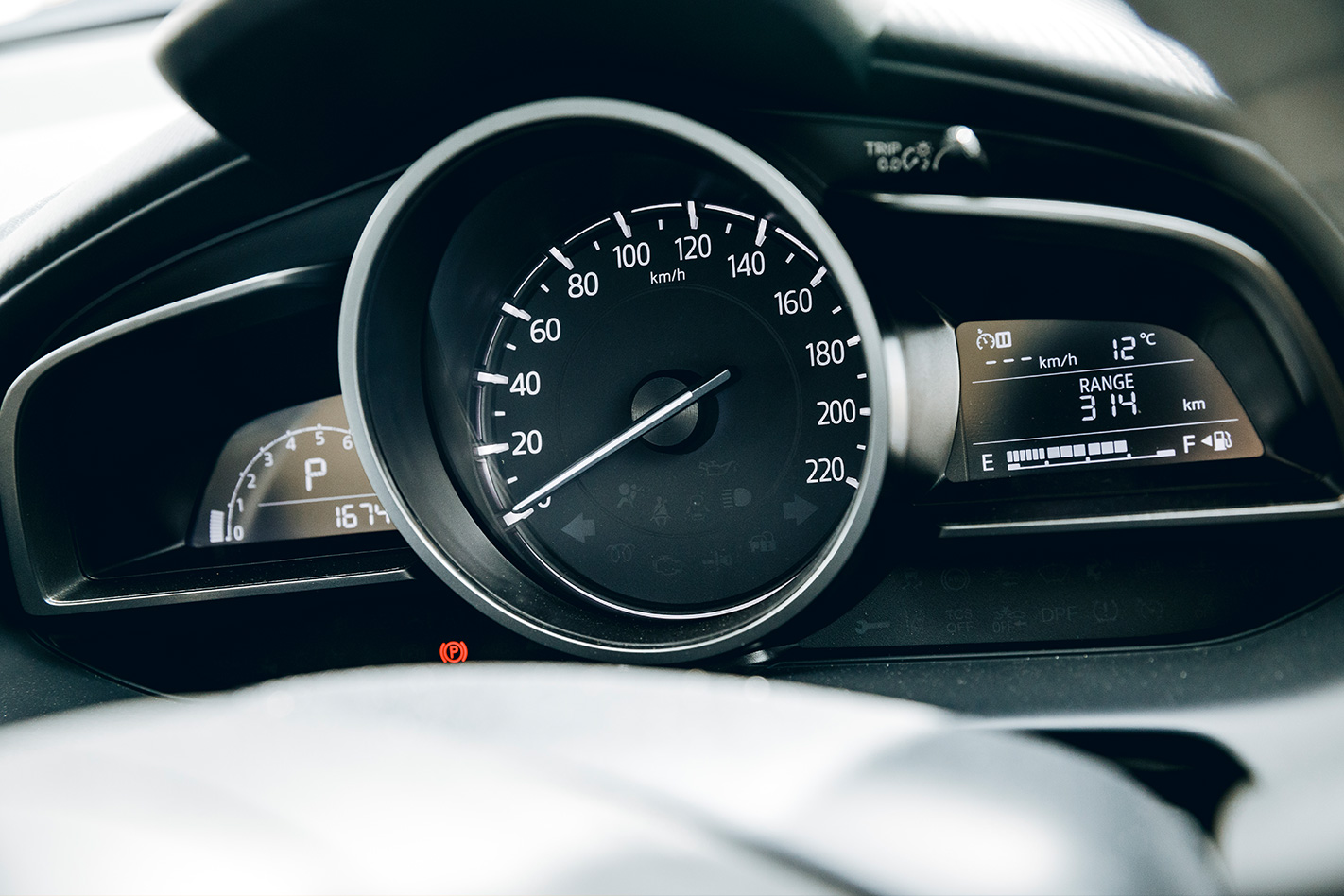
Where the CX-3 equation starts to sour is right about the point when you jump in the back seat. It’s not unbearable by any means, but it is cramped and knees do hit seatbacks (albeit soft seatbacks). There’s not much in the way of amenity in the rear too, aside from a centre armrest and a bottle holder in each door. It also has the smallest boot on test, offering up a paltry 264 litres.
What is it like to drive?
Chief among all attributes that make the Mazda CX-3 one of the better small SUVs is its entertaining drive. Natural steering feel and a keen ability to hook into corners rather than just tolerate them made sure the keys to the CX-3 were in high demand while it was on test, but its strong 2.0-litre powerplant is easily one of the most engaging of segment.
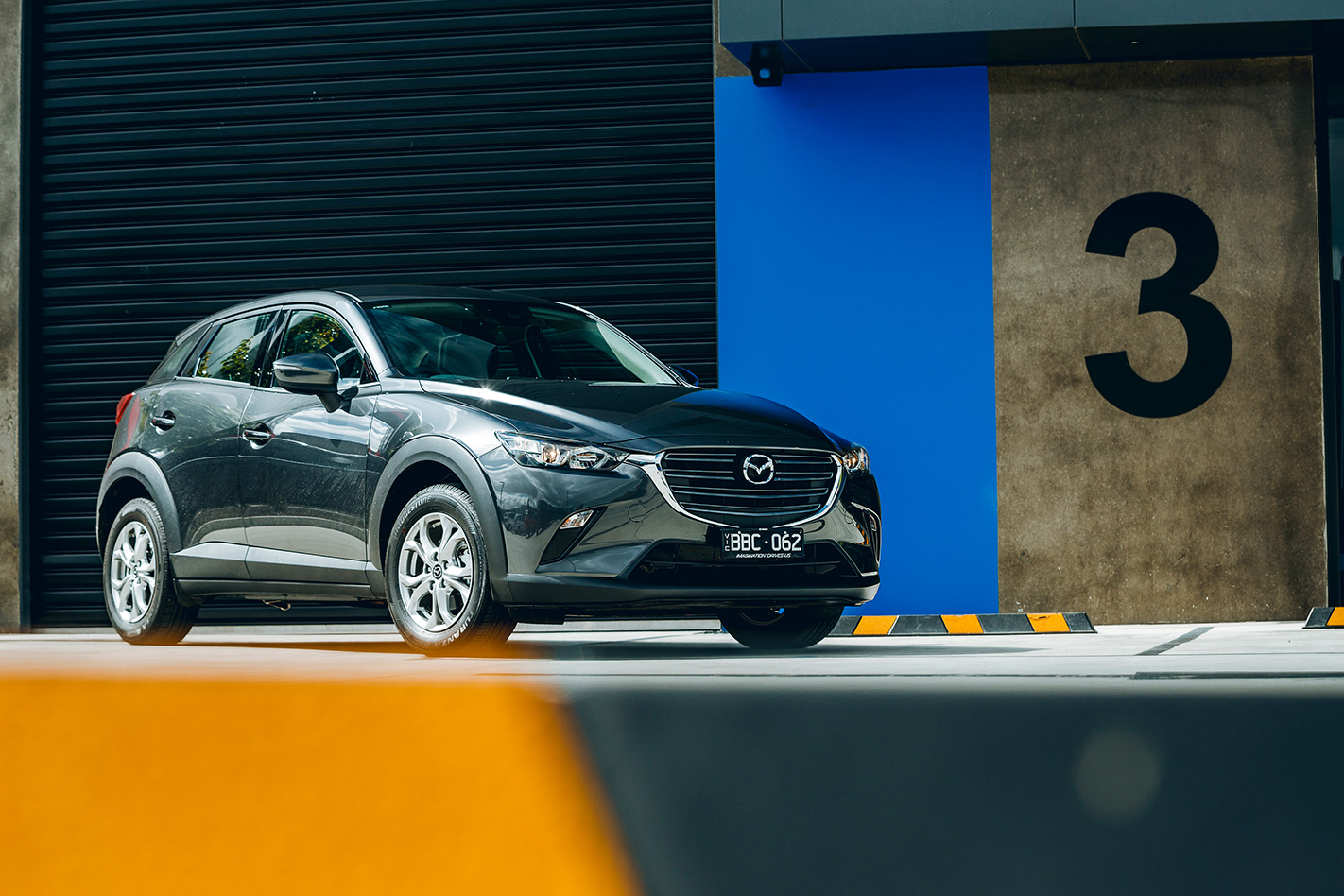
The CX-3 ekes out more than enough power for around town duties, and will even see you motoring out of town quite easily, thanks to its strong engine and comfortable ride quality. Its nose can tend to wander about over large bumps like a boat cresting a wave, but minor potholes and corrugations are taken care of smoothly.
When updating the CX-3 range last year, Mazda paid close attention to improving the value proposition by supplying extra kit in lower spec variants, but also focused on bettering the intrusive NVH levels. The net result shows a definite improvement in terms of road noise and ride control, but for all its merits, we can still draw a likeness between the engine’s whirr and a hairdryer.
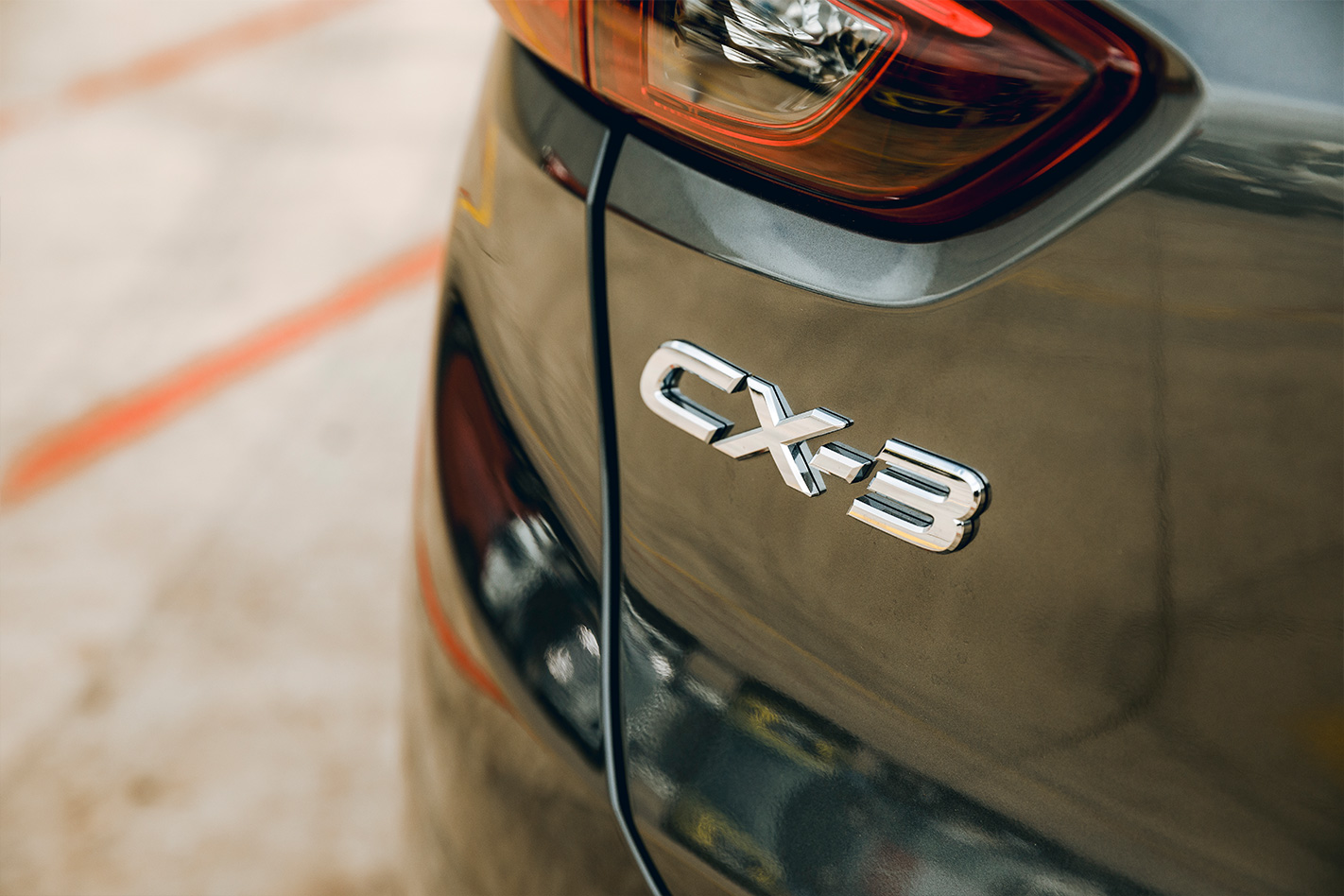
Interestingly, the CX-3 is one of few cars in its segment which includes start/stop tech to aid its fuel economy, helping it return showing an 8.7 L/100km fuel consumption. Conversely, a feature that we’d rather leave behind is the CX-3’s Sport Drive mode which did nothing more than hold onto revs for longer, hurting its economy.
Around bends, the CX-3 controls its weight much more like a hatch than any other SUV, staying flat through the twisty stuff with impressive ability.
Is it worth it?
The CX-3 is designed more for younger customers who don’t have a family to lug around; you don’t have to look hard to figure that out.
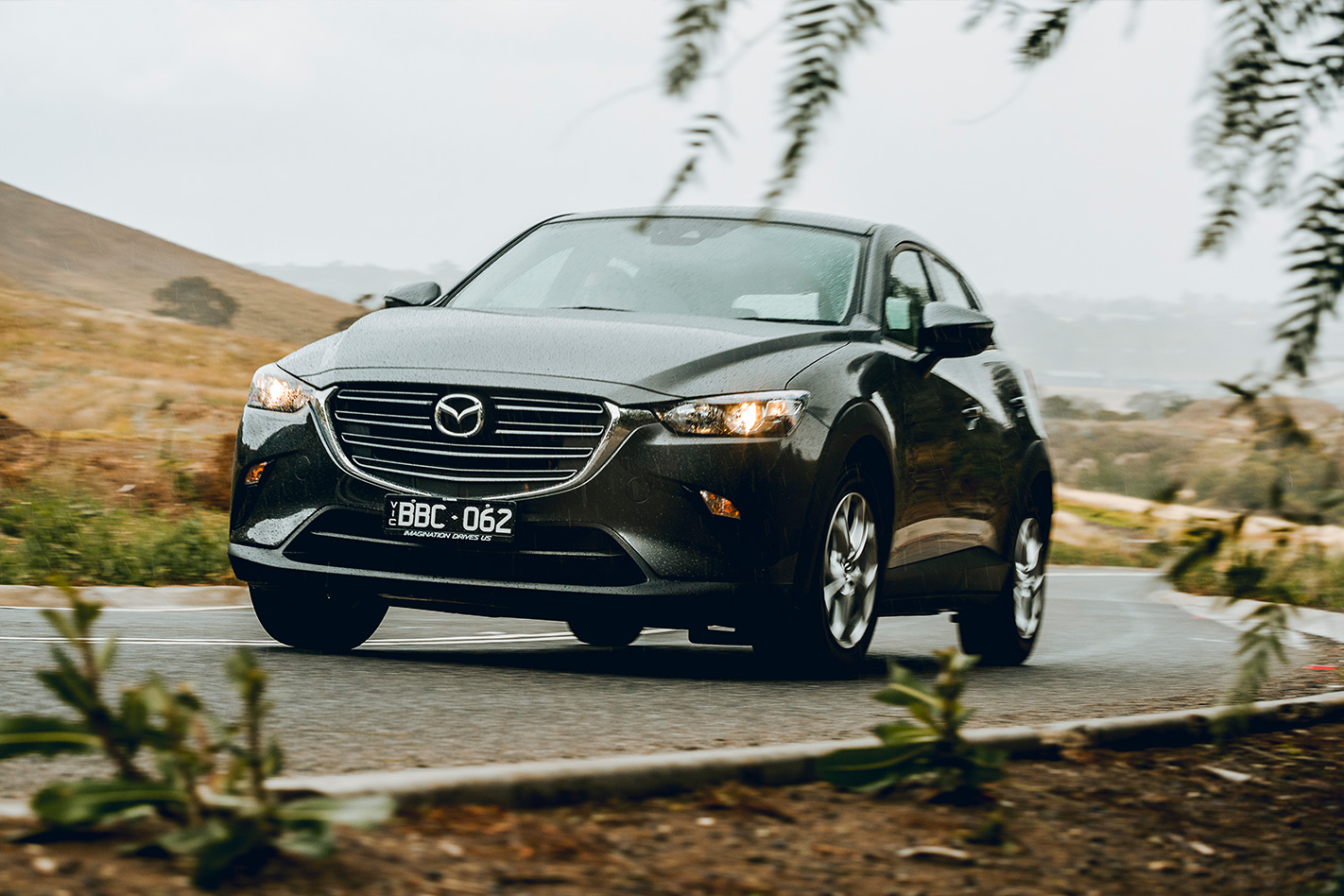
Despite the fact that it’s getting on in age now, it still feels well worthy of being judged favourably alongside its competition.
Look past its packaging woes and you’ve got an easy-to-live-with small SUV presenting a quality ownership proposition that can still take the fight to much newer rivals.
Pros: Drivetrain, cabin design, infotainment, performance, handling Cons: Cabin space, boot space, engine sound
Rating: 4/5




